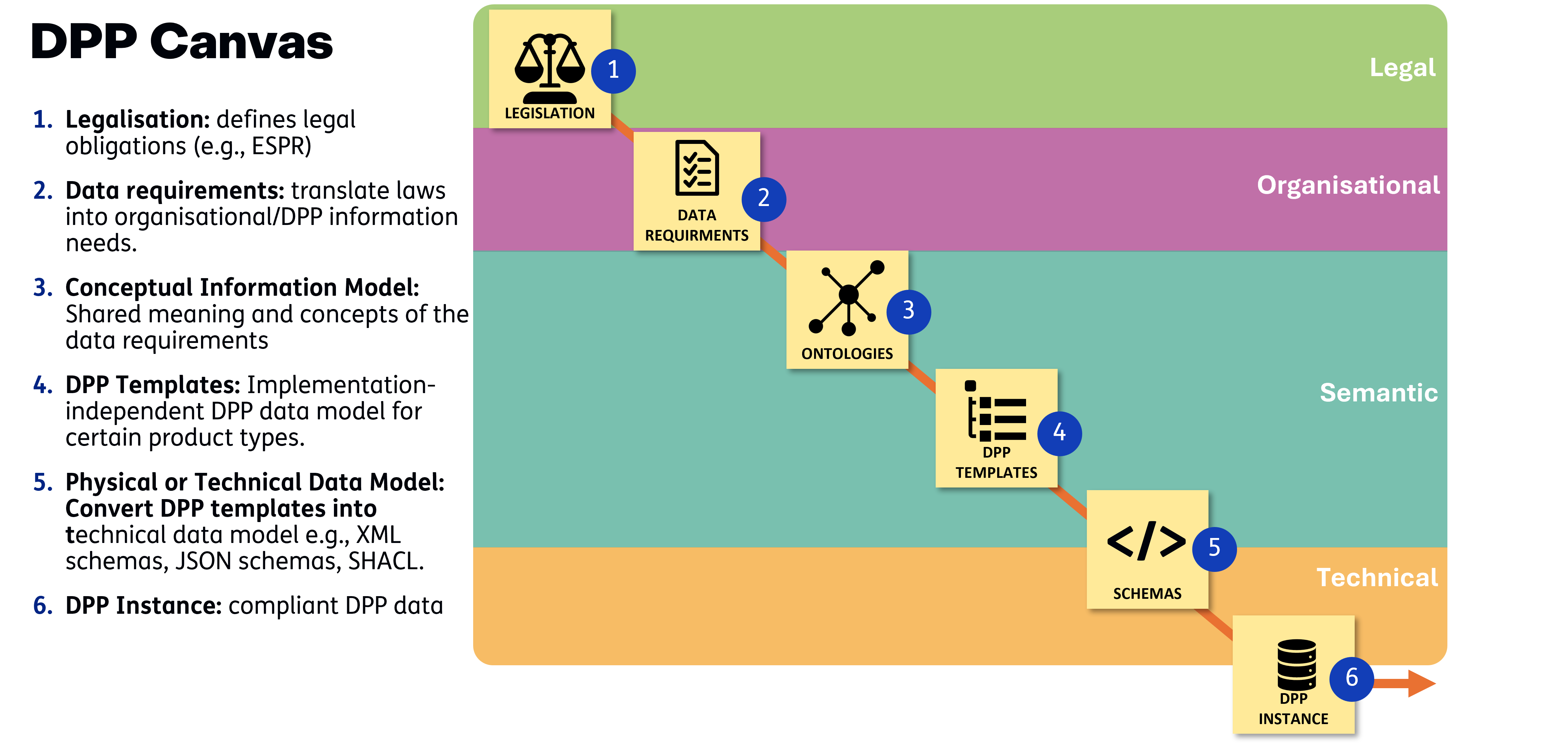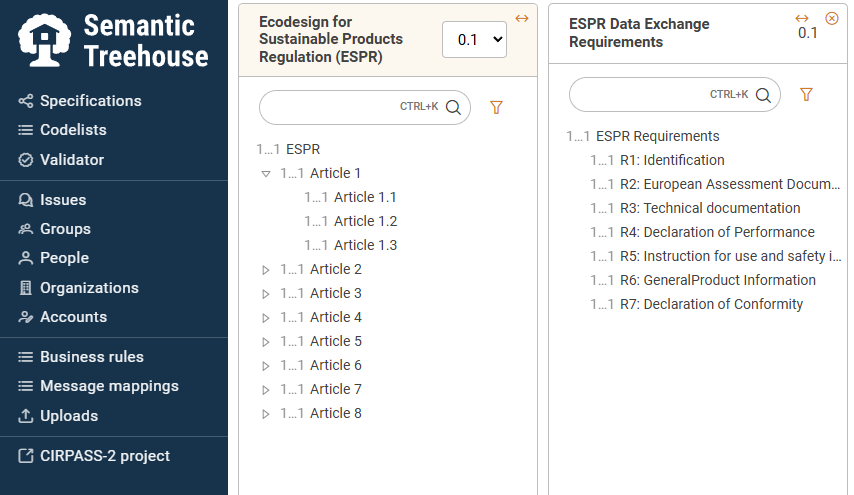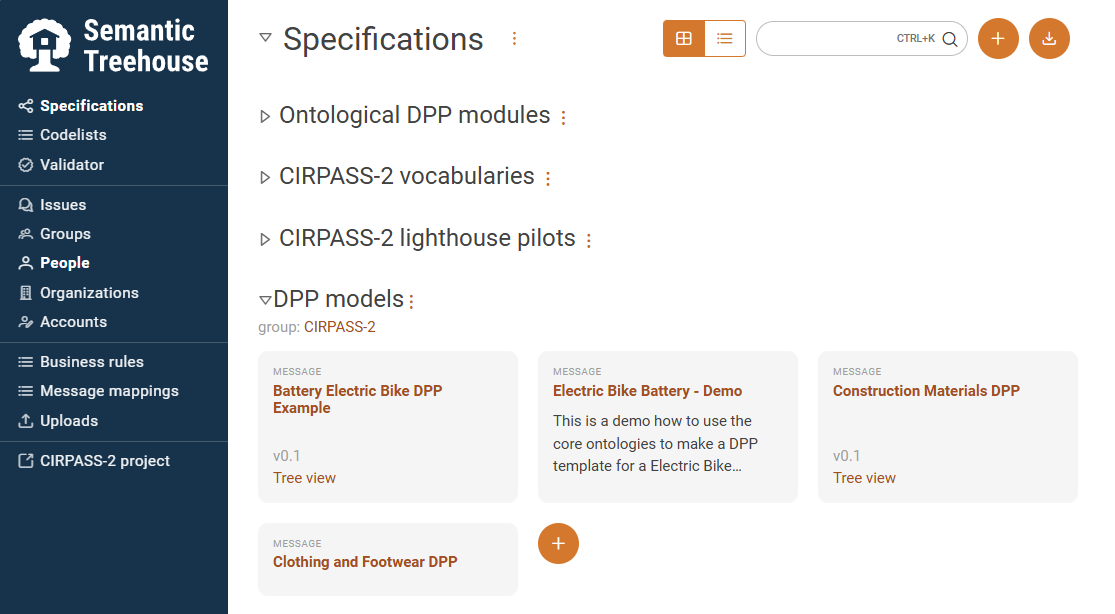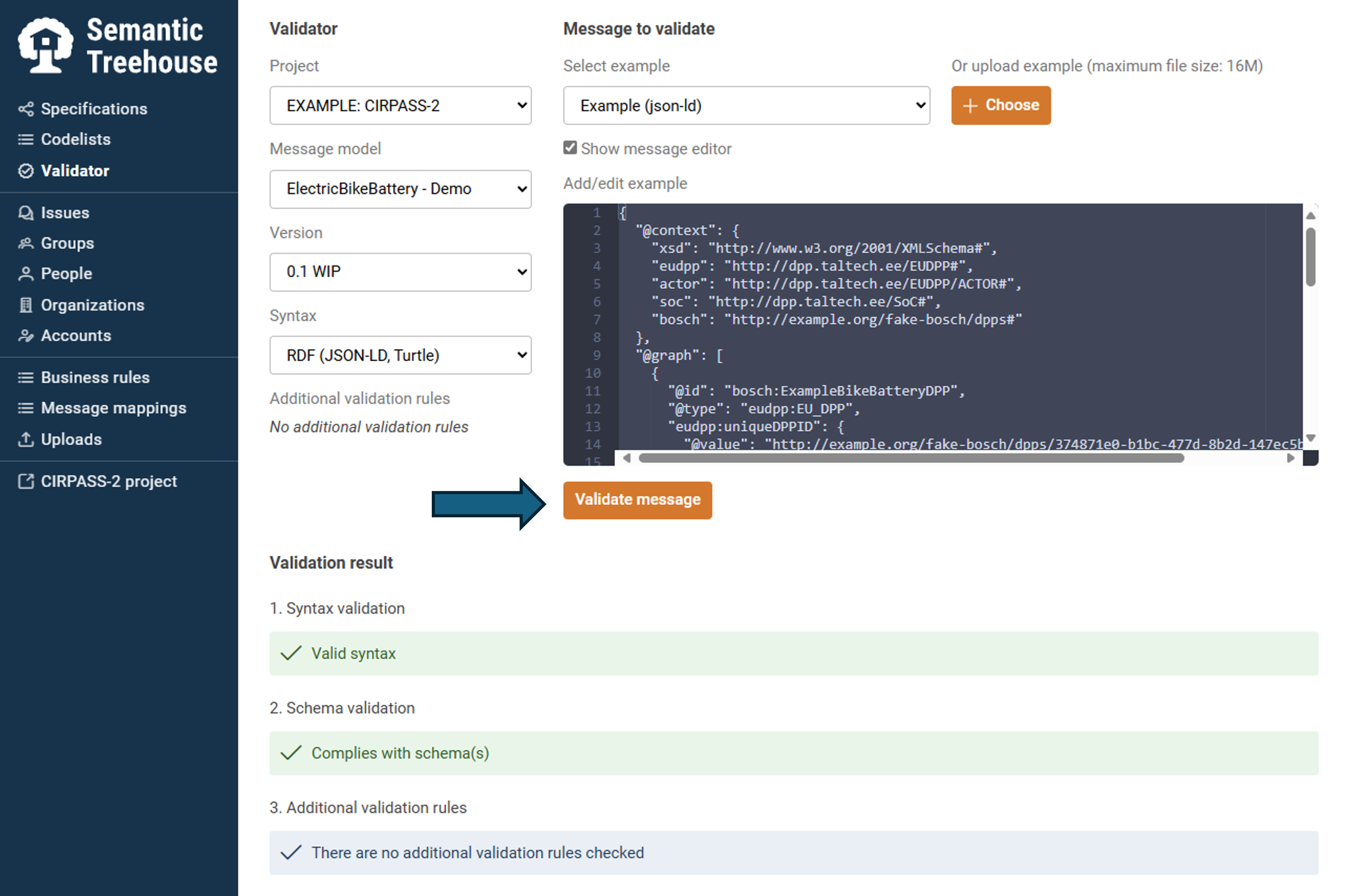From legislation to digital product passports
The call for a more transparent and sustainable economy is loud and clear. We want to know where products come from, what they are made of, and how we can responsibly reuse them. Digital Product Passports (DPPs) are essential for this: they give each product its own passport detailing its lifecycle. The European Union is strongly committed to DPPs to encourage more sustainable choices. However, practical implementation is challenging and complex. Products travel the globe, through supply chains with numerous actors and diverse IT systems. How do we ensure that the data in a DPP in Spain is as usable and understandable as it is in the Netherlands or Vietnam? We need a "common language", a standard that ensures everyone interprets the same information in the same way. Without such a language, a DPP is like a product instruction manual in a language you don't speak. You see the words, but the instructions are lost on you.
The need for practical implementations of DPPs is precisely what we are addressing within our work, and we are addressing it from multiple perspectives. For instance, we have established a DPP Semantic Treehouse environment – https://dpp.vocabulary-hub.eu/ – which serves as the hub where the 'common language' for all product types can be hosted, managed, and shared. Beyond this environment, we are actively engaged in various projects, developing features to simplify the process of creating DPPs. But how does that work? Let's dive into it!
From legislation to digital product passports and back
Semantic Treehouse is supporting DPPs from start to finish, beginning with legislation. Legislation, such as the ESPR, describes the requirements that passports must meet. Based on these requirements, semantic models (that is, 'common language') are developed to ensure we all have a shared understanding and know what information needs to be included in a DPP. However, there will not be a single language in which all product types are specified. Instead, there will be multiple models for different product types, which we call DPP templates.
DPP templates are compliant with legislation, and can be seen as the instructions to create your DPP for a certain product. Once created, you are also able to validate your DPP against both the template itself and the originating legislative requirements. Semantic Treehouse supports this entire flow, from legislation to a validated digital product passport, as depicted in the figure below.
 The four layers in this image are from the European Interoperability Framework
The four layers in this image are from the European Interoperability Framework
How does it work?
-
Requirements: it starts with the requirements from legislation (e.g., ESPR), sector agreements, or specific business objectives. Together they form the DPP requirements, explaining exactly what information needs to be in the DPP. Semantic Treehouse can publish and visualize these requirements, such as:

-
Development of the common language by defining the basic concepts and the meaning (semantics) of the required data. This forms the "common language" that everyone understands. In projects like CIRPASS-2 and within JTC standardization, work is being done to formalize and store this as an ontology and publish it in Semantic Treehouse. For example:

-
Development of data models (DPP Templates): with the analyzed requirements and the developed ontology, Semantic Treehouse facilitates the development of standardized data models for various product types. These are the concrete "DPP templates" that precisely define which data elements are needed for each product type.
What the creation of such data models allows is for organizations to easily see what information is expected in the interactions between IT systems about the digital product passport for each specific product. Since these templates are based on legislation or sector requirements, implementing the data models in the IT systems is a way to ensure compliancy.
Below, you'll find an example of an Electric Bike Battery, based on the specified ontologies and data exchange requirements:

-
Management in Semantic Treehouse: the compliant data models (DPP templates) are published and managed in Semantic Treehouse by standardization organizations or individual organizations. Here, they are accessible to all relevant parties, including version control and governance to keep them current and reliable.

-
Creation of your digital product passport: manufacturers (or their software vendors) use these standardized DPP templates as a basis for implementation of their specific DPPs data exchange. They fill the template with their product data, so to speak.
The figure below shows an example digital product passport of an electric bike battery in JSON-LD:

-
Validation with the DPP Validator: It is crucial that a digital product passport can be checked for validity and compliance; this can be done with our new DPP Validator! This validator checks whether the passport meets the specifications of the underlying data model (DPP template) and thus the set requirements. This ensures quality and interoperability. You can validate your digital product passport in any syntax, such as JSON-LD, as depicted below.

-
Use and Exchange: Approved and validated DPPs can then be confidently published, exchanged, and used by consumers and companies in the supply chain.
Looking forward
What's the road ahead for DPPs? We see them as practical tools that boost transparency and business value, not just as regulatory tasks. However, there are still some challenges, which we address:
- Access any DPP template: finding the right DPP template, in the right language, needs to be straightforward. This means enabling different systems, including Semantic Treehouse, to interoperate using open standards so users can easily retrieve any template for their products.
- Ownership of standards: who maintains the DPP standards for each product type? While European standardization initiatives are progressing, industries themselves must take an active role in governing and creating the standards relevant to their sectors.
We focus on making DPP adoption simpler with Semantic Treehouse. You can follow our progress and upcoming developments on our public Semantic Treehouse development roadmap. Our aim is to provide practical solutions to implement DPPs.